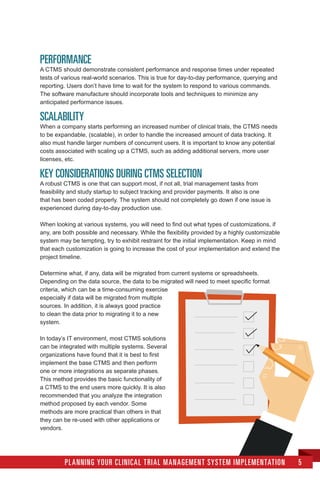:max_bytes(150000):strip_icc()/Term-b-bankruptcy-50ca3cfd9f4146e78eabe03b64704456.jpg)
Navigating Business Bankruptcy: Essential Tips for Financial Recovery
Facing business bankruptcy is a challenging and complex situation. This article provides essential tips for businesses navigating financial distress, offering insights and strategies to facilitate a smoother path to recovery.
Business Bankruptcy Tips: A Comprehensive Resource
For a deeper exploration of business bankruptcy tips, visit Business Bankruptcy Tips. This resource offers expert advice, practical tips, and actionable strategies tailored to businesses facing financial challenges, providing valuable insights to guide them through the bankruptcy process.
Early Intervention and Assessment
The key to navigating business bankruptcy starts with early intervention. Business owners should assess the financial health of their company at the first sign of distress. Understanding the extent of financial challenges allows for more informed decision-making and increases the range of available options.
Engage Legal and Financial Professionals
Navigating business bankruptcy requires specialized knowledge. Engaging experienced legal and financial professionals is essential. Attorneys specializing in bankruptcy law and financial advisors can provide crucial guidance, helping businesses understand their rights, obligations, and potential paths to recovery.
Explore Alternatives to Bankruptcy
Before filing for bankruptcy, explore alternative solutions. Negotiating with creditors, restructuring debts, or pursuing other financial arrangements may provide viable alternatives to bankruptcy. Businesses should consider these options with the assistance of their legal and financial advisors.
Chapter 7 vs. Chapter 11 Bankruptcy
Understanding the differences between Chapter 7 and Chapter 11 bankruptcy is crucial. Chapter 7 involves liquidation, while Chapter 11 allows for reorganization. Choosing the appropriate chapter depends on the business’s goals, financial situation, and the desire to continue operations or wind down the business.
Develop a Comprehensive Bankruptcy Plan
For businesses proceeding with bankruptcy, developing a comprehensive plan is essential. This plan should outline the proposed actions, timelines, and strategies for addressing debts, liquidating assets (if necessary), and emerging from bankruptcy as a financially viable entity.
Communication with Stakeholders
Open and transparent communication is vital throughout the bankruptcy process. Keeping stakeholders, including employees, customers, and suppliers, informed fosters trust. Clear communication can help maintain relationships and, in some cases, garner support during the bankruptcy proceedings.
Preserving Value for Creditors
Preserving value for creditors is a key consideration. Through careful planning and negotiation, businesses can work to maximize the value of assets that will be distributed to creditors. This approach may involve selling assets, settling debts, or restructuring obligations.
Employee Considerations and Legal Obligations
Bankruptcy has significant implications for employees. Business owners must navigate employee considerations, including potential layoffs, benefit adjustments, and adherence to legal obligations. Complying with employment laws and fulfilling legal obligations is crucial to avoiding further complications.
Post-Bankruptcy Rebuilding Strategies
Emerging from bankruptcy marks a new beginning. Businesses should develop post-bankruptcy rebuilding strategies. This may involve reassessing business models, implementing cost-cutting measures, and rebuilding relationships with stakeholders. Strategic planning is essential for long-term financial recovery.
Business Bankruptcy Tips in Action
Implementing these business bankruptcy tips effectively involves utilizing Business Bankruptcy Tips as a practical guide. This resource provides real-world examples, practical insights, and actionable strategies for businesses navigating financial challenges and seeking a path to recovery.
Conclusion
Navigating business bankruptcy is a complex journey, but with strategic planning, professional guidance, and proactive measures, businesses can emerge stronger on the other side. These essential tips provide a roadmap for businesses facing financial distress, offering a foundation for informed decision-making and a smoother path to financial recovery.




